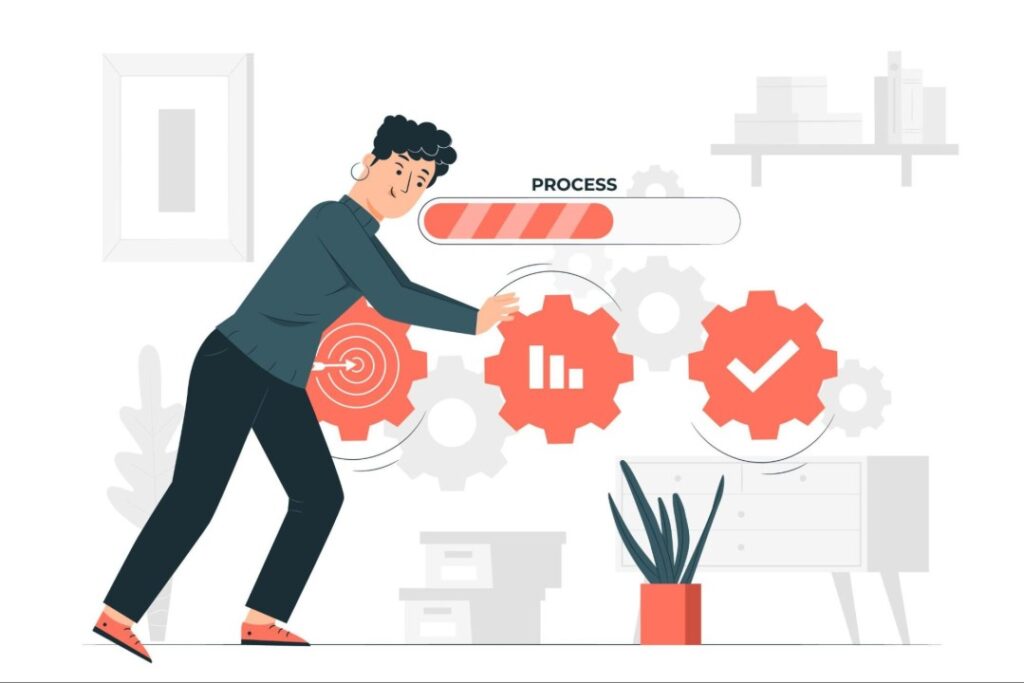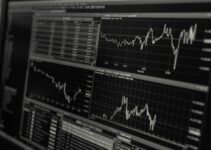Efficient use of resources is key to any organization’s sustainability and profitability. But mastering resource utilization is not a walk in the park. It requires not just a clear understanding of the concept but also effective strategies to implement it. In this article, we’ll delve into five strategies for effective resource utilization that can propel your organization’s performance to new heights.
Fundamental Understanding of Resource Utilization
To devise effective strategies, understanding the basics of resource utilization is fundamental. This involves knowing the different types of resources available and their respective capacities. Resources can include manpower, machinery, software, and raw materials amongst others.
Each resource has unique characteristics and contributes differently towards achieving organizational goals. Therefore, it’s essential to know the role of each resource and its optimum capacity. Balancing the right mix of resources ensures that none is underutilized or overburdened, fostering efficiency.
You’ll want to ensure that you maintain a delicate balance between the availability of resources and the demand for them to achieve resource utilization. This understanding is the first step toward developing effective resource utilization strategies.
Thorough Planning for Effective Resource Management

Source: eresourcescheduler.com
Once you understand the fundamentals of resource utilization, planning becomes essential. An effective plan details out the anticipated resource demand and how it can be met. It also includes measures to tackle unexpected changes in demand or supply.
Resource planning involves a meticulous assessment of resources, setting realistic goals, and aligning these goals with your organizational strategy. This requires constant communication within the team and a collective effort towards implementing the plan.
Finally, it’s not enough just to plan. The plan must be reviewed regularly and updated based on progress and changes to the business environment. A static plan that doesn’t factor in the dynamic nature of business is of little use.
Embracing Technology for Resource Optimization
Technology plays a pivotal role in resource optimization. Automating routine tasks, for instance, can free up human resources to focus on more complex and strategic roles, boosting productivity.
Software for data analytics and forecasting aids in making accurate decisions around resource allocation. Real-time tracking of resource utilization, enabled by technology, further allows for timely adjustments as needed.
Given its extensive implications, choosing the right technology requires careful consideration. The right technology serves the particular needs of your business and integrates well with existing systems.
Prioritize Training to Boost Resource Efficiency

Source: linkedin.com
Regardless of the sophistication of your systems and processes, the success of your resource utilization strategy ultimately depends on the people managing these resources. Therefore, training in efficient resource management is crucial.
Training allows your team to familiarize themselves with new technology and systems and enables them to use resources more efficiently. Furthermore, training sessions can serve as platforms for discussing issues and brainstorming solutions.
Training should be ongoing. As processes evolve and new resources are introduced, personnel should be updated on the latest ways to manage them. An organization that values learning is likely to excel in resource utilization.
Finally, beyond the technical aspects of resource utilization, training should also emphasize the importance of ethics and stewardship in managing resources. This helps in fostering a culture of responsibility and appreciation for resources.
Regular Monitoring and Evaluating Resource Usage
Regular monitoring is necessary to ensure your resource utilization plan is effective. Utilizing performance metrics and key performance indicators (KPIs) can help in identifying areas where resources are being under or over-utilized.
Monitoring should be done on both a macro and micro level. While macro monitoring deals with the overall resource utilization, micro monitoring focuses on individual resources. This combination presents a comprehensive picture of resource usage.
Evaluating the information generated from monitoring helps in adjusting and refining strategies. This evaluation should be objective, fact-based, and consistent.



